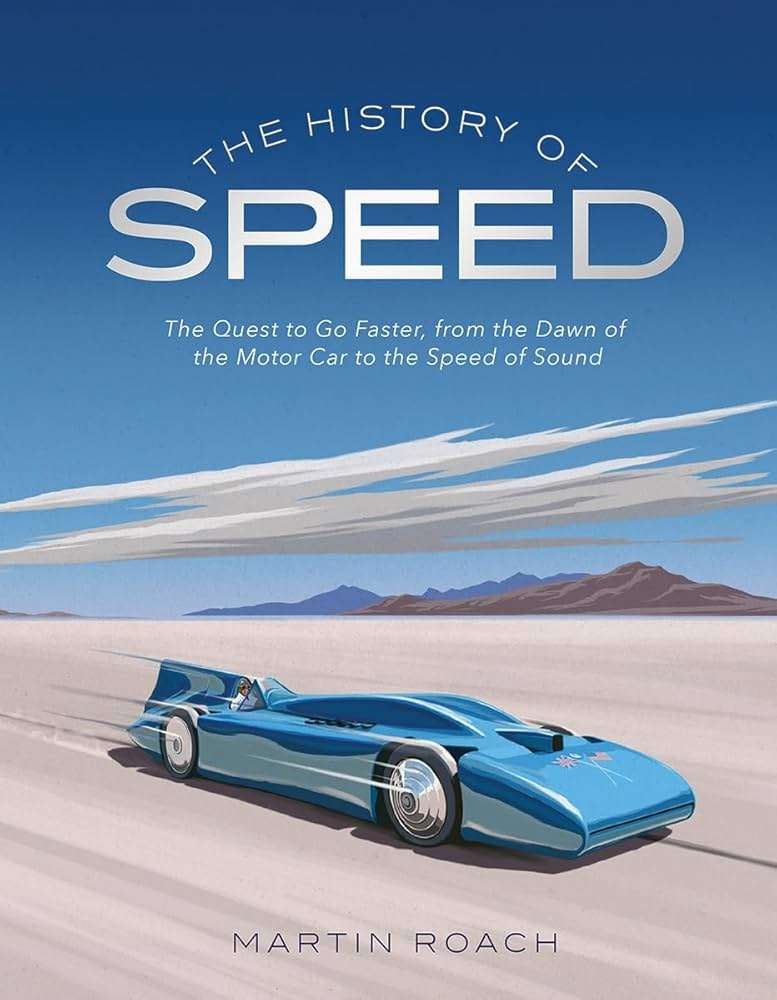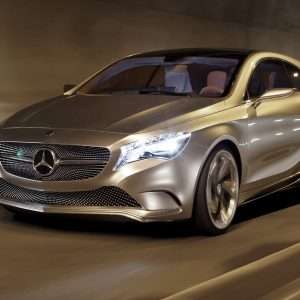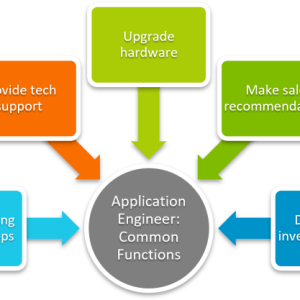The quest for speed has always been a driving force in automotive engineering. Engine technology is constantly evolving. This article explores some of the most powerful and innovative car engines ever created. We will delve into their specifications, technologies, and the vehicles they power. Prepare for a thrilling ride!
Key Technologies Behind High-Performance Engines
Several technologies contribute to the incredible power output of these engines. Let’s examine some of the most important ones:
- Turbocharging: Forces more air into the engine, increasing combustion and power. It’s a very common method.
- Supercharging: Similar to turbocharging, but driven directly by the engine. Provides instant boost.
- Direct Injection: Injects fuel directly into the combustion chamber for greater efficiency and power. It’s a precise method.
- Variable Valve Timing: Optimizes valve timing for different engine speeds, improving performance and fuel economy. It’s a complex system.
These technologies, often used in combination, allow engines to produce astonishing amounts of horsepower and torque.
FAQ: Fastest Car Engines
What is the most powerful production car engine currently available?
Determining the “most powerful” can be tricky, as it depends on the metric used (horsepower, torque, etc.). However, engines like the Bugatti Chiron’s W16 and the Koenigsegg Jesko’s V8 are consistently at the top of the list.
How does turbocharging work?
Turbocharging uses exhaust gases to spin a turbine, which in turn compresses air and forces it into the engine. This allows for more fuel to be burned, resulting in increased power. It’s a clever way to recycle energy.
Are electric motors considered engines?
While electric motors provide propulsion, they are technically not internal combustion engines. They operate on different principles, converting electrical energy into mechanical energy. They are becoming increasingly popular.
Examples of Engines
Here are some examples of engines:
- Bugatti Chiron’s W16
- Koenigsegg Jesko’s V8
- Hennessey Venom F5’s V8
Beyond Horsepower: The Art of Engine Design
Horsepower figures are impressive, but they only tell part of the story. The true artistry lies in the engine’s design – the intricate dance of pistons, valves, and crankshafts, all orchestrated to deliver a symphony of controlled explosions. Consider the materials used: lightweight alloys, exotic ceramics, and even 3D-printed components, each chosen for its specific properties and contribution to the engine’s overall performance. It’s a delicate balance of power and precision.
Think of it as a finely tuned instrument, where every component plays a crucial role in creating a harmonious and powerful sound. The roar of a high-performance engine is not just noise; it’s a testament to human ingenuity and engineering prowess.
The Future of Engine Technology
What does the future hold for the fastest car engines? While electric powertrains are gaining traction, internal combustion engines are far from extinct. Expect to see further advancements in fuel efficiency, emissions reduction, and the integration of hybrid technologies. Perhaps we’ll even witness the resurgence of rotary engines or the development of entirely new combustion cycles. The possibilities are endless;
Imagine an engine that adapts to your driving style in real-time, optimizing performance and efficiency on the fly. That’s the kind of innovation we can expect to see in the years to come.
The Human Element: The Engineers Behind the Machines
Behind every groundbreaking engine is a team of dedicated engineers, pouring their hearts and souls into the design, development, and testing process. These are the unsung heroes of the automotive world, pushing the boundaries of what’s possible and constantly striving for perfection. They are the alchemists of speed.
- Design Engineers: Conceptualize and create the engine’s architecture.
- Test Engineers: Subject the engine to rigorous testing to ensure reliability and performance.
- Calibration Engineers: Fine-tune the engine’s parameters for optimal power and efficiency.
Their passion and expertise are what ultimately transform raw materials into machines capable of achieving incredible feats of speed and power. They are the true drivers of innovation.
The Sound of Speed: A Sensory Experience
Beyond the raw power and technical specifications, there’s another element that makes these engines so captivating: the sound. The deep rumble, the high-pitched whine of a turbocharger, the crackle and pop of the exhaust – it’s a symphony of mechanical music that stirs the soul. It’s a visceral experience that connects us to the machine on a primal level. Close your eyes and listen;..
Each engine has its own unique sonic signature, a reflection of its design and character. Some are aggressive and raw, while others are refined and sophisticated. But all share one thing in common: they evoke a sense of excitement and exhilaration.
The sound of a high-performance engine is more than just noise; it’s an expression of power, passion, and the relentless pursuit of speed.
The Engine’s Soul: More Than Just Metal and Fire
We often speak of engines in terms of horsepower and torque, of compression ratios and fuel injection. But what about the engine’s soul? That intangible quality that separates a mere machine from a living, breathing entity. It’s the story etched into every cylinder wall, the memory of countless revolutions, the echo of the engineer’s dreams.
Consider the hand-built engines of yesteryear, each one a unique creation, imbued with the personality of its maker. Or the engines that have powered legendary racing cars, carrying their drivers to victory and etching their names in history. These engines are more than just collections of parts; they are vessels of passion, courage, and the unwavering pursuit of excellence.
The Engine as Art: A Sculptural Masterpiece
Look beyond the functional aspects and you’ll see that a high-performance engine is a work of art in its own right. The intricate curves of the intake manifold, the polished surfaces of the valve covers, the gleaming metal of the exhaust system – all combine to create a visually stunning masterpiece. It’s a sculpture of power and precision, a testament to the beauty of engineering.
The Engine’s Legacy: Inspiring Future Generations
The quest for the fastest car engine is not just about breaking records; it’s about pushing the boundaries of human ingenuity and inspiring future generations of engineers and designers. These engines serve as a reminder that anything is possible with enough dedication, creativity, and a relentless pursuit of excellence. They are the seeds of innovation.
- Inspiring young engineers to pursue their dreams.
- Driving innovation in materials science and manufacturing techniques.
- Setting new standards for performance and efficiency.
The legacy of these engines will live on long after they’ve been retired from the racetrack or the showroom floor. They will continue to inspire us to dream bigger, to push harder, and to never give up on the pursuit of perfection. They are the engines of progress.
Beyond the Combustion Chamber: The Future is Electric… Or Is It?
The automotive landscape is rapidly changing, with electric vehicles poised to dominate the future. But does this mean the end of the internal combustion engine? Not necessarily. While electric powertrains offer undeniable advantages in terms of efficiency and emissions, they lack the visceral appeal and emotional connection of a roaring engine. The future may hold a hybrid approach, combining the best of both worlds.
Imagine a world where electric motors provide instant torque and silent acceleration, while a highly refined internal combustion engine kicks in at higher speeds, delivering a thrilling burst of power and a symphony of mechanical music. It’s a future where technology and tradition coexist in perfect harmony.
Perhaps the ultimate engine of the future will be one that can seamlessly switch between electric and combustion power, adapting to the driver’s needs and desires in real-time.





